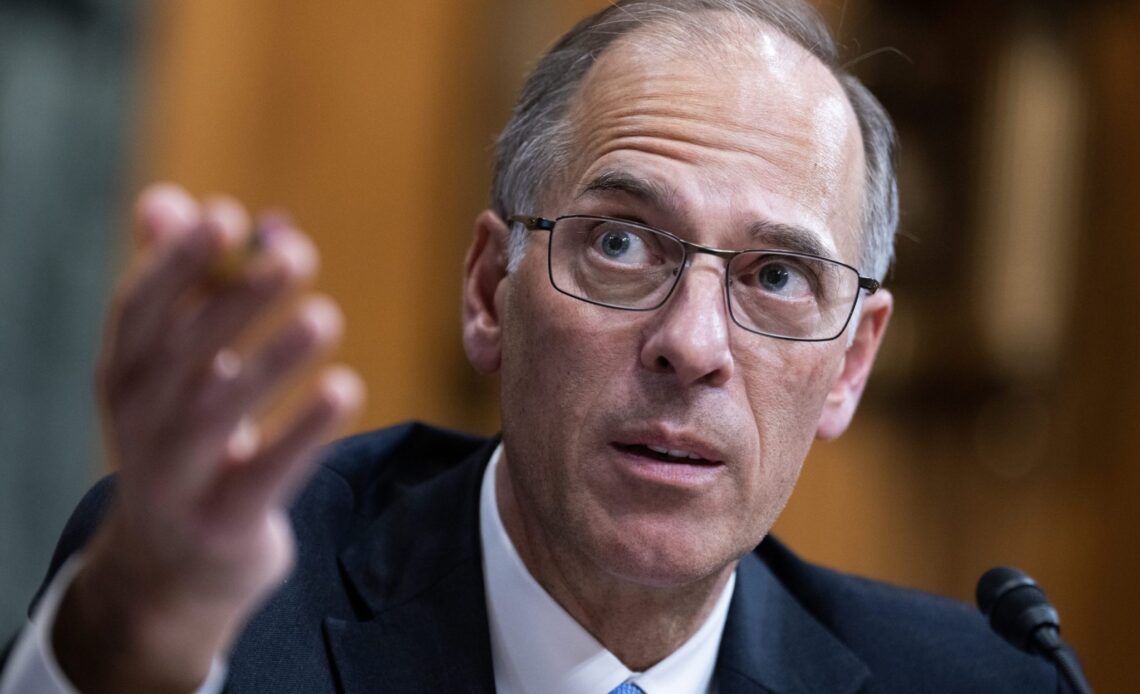Corporate profits hit record highs in the fourth quarter of last year. But corporations aren’t the only ones riding high: The supercharged bottom lines of America’s biggest companies may have helped boost the entire country’s economy, keep people employed, and avert a recession.
Overall, the U.S. economy has been rounding the corner on some of its pandemic-era slumps. Inflation is coming down, certainly compared to the highs in summer 2022, unemployment remains below 4%, and the GDP is still growing at a healthy pace. In fact, the Commerce Department recently issued an upward revision of its fourth quarter annualized GDP growth rate, bumping it up to 3.4% from 3.2%.
That strength has made its way to the corporate world too, where profits soared for America’s biggest companies. The last quarter was the most profitable of the year, and one of the best ever for corporate America. In the final quarter of 2023 corporate profits after taxes stood at $2.8 trillion, a $105 billion increase from the previous quarter, per the Commerce Department’s data. That means that corporate profits accounted for about 10% of the total quarterly GDP—slightly lower than in the first three quarters of the year where corporate profits accounted for between 10.3% to 10.5% of GDP.
Many consumer and worker advocates have taken these figures as a sign that corporate “greedflation” is contributing to Americans’ economic malaise and (still) pushing up the cost of living. Frustrations about pricing at the grocery store and the gas pump have especially acute effects on people’s feelings about the economy, and even more so when the companies that make their food seem to be raking it in, as several reports have found. Over the past few years words like “greedflation” and “shrinkflation” have reappeared to denounce companies’ seemingly unstoppable march toward charging consumers more for smaller quantities.
But according to one top economist, that’s all backwards. Corporate profits allowed companies to avoid massive layoffs and keep the economy afloat, says Moody’s Analytics chief economist, Mark Zandi.
Fat profit margins meant that companies weren’t under financial pressure and had the possibility to keep more of their workers on staff when lending conditions changed when the Fed started hiking interest rates, Zandi says. The fact that people remained gainfully employed and not on unemployment kept the economy afloat at what was…
Click Here to Read the Full Original Article at Fortune | FORTUNE…


